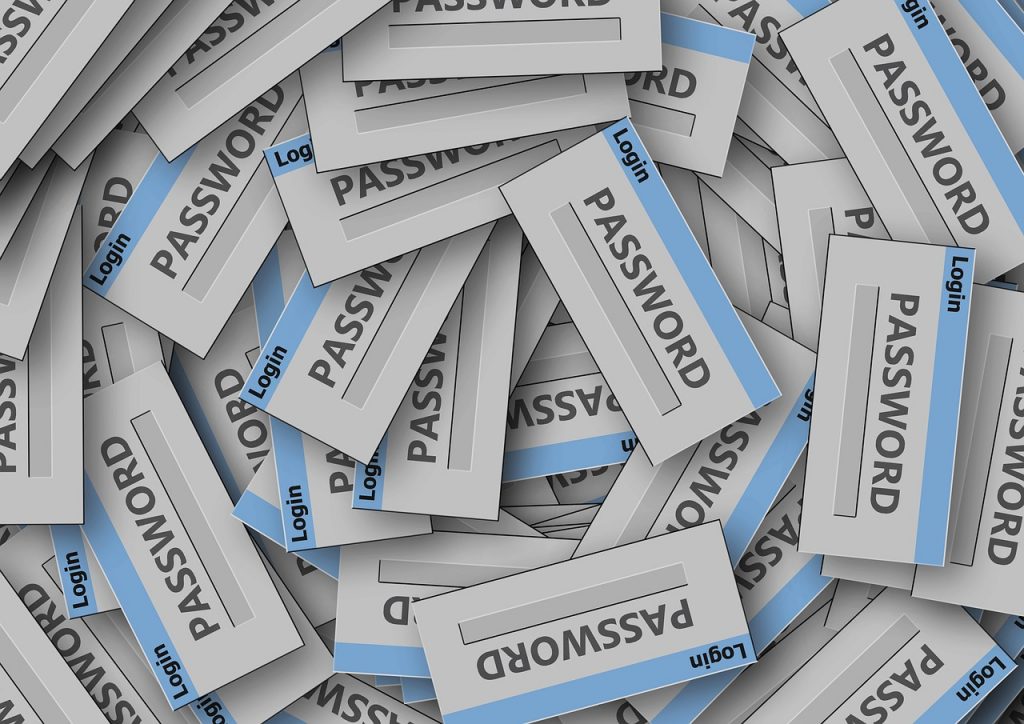 A contribution to the health sector and the Wildix solution become a fundamental part in a nursing home
A contribution to the health sector and the Wildix solution become a fundamental part in a nursing home
Establishing a quality nursing home on all levels was the objective of Clotilde Hautrive, director of the CARPE DIEM nursing home, located in Compiègne.
From the construction of the building by Spie Batignoles group to the study of the information and telephone service needs, nothing was left to chance. This new medical structure, built in August of 2017, can accommodate 48 residents living with Alzheimer’s. These are patients who require a continuous and quality communication service, that is able to guarantee the wellness of the residents and that of the healthcare personnel. Continue reading “A French Case Study: Carpe Diem Nursing Home”
 Over the years, I’ve studied, put into practice and questioned a great number of activities that were aided and assisted by books, courses and consultations. Some actions worked, others not so much.
Over the years, I’ve studied, put into practice and questioned a great number of activities that were aided and assisted by books, courses and consultations. Some actions worked, others not so much.


